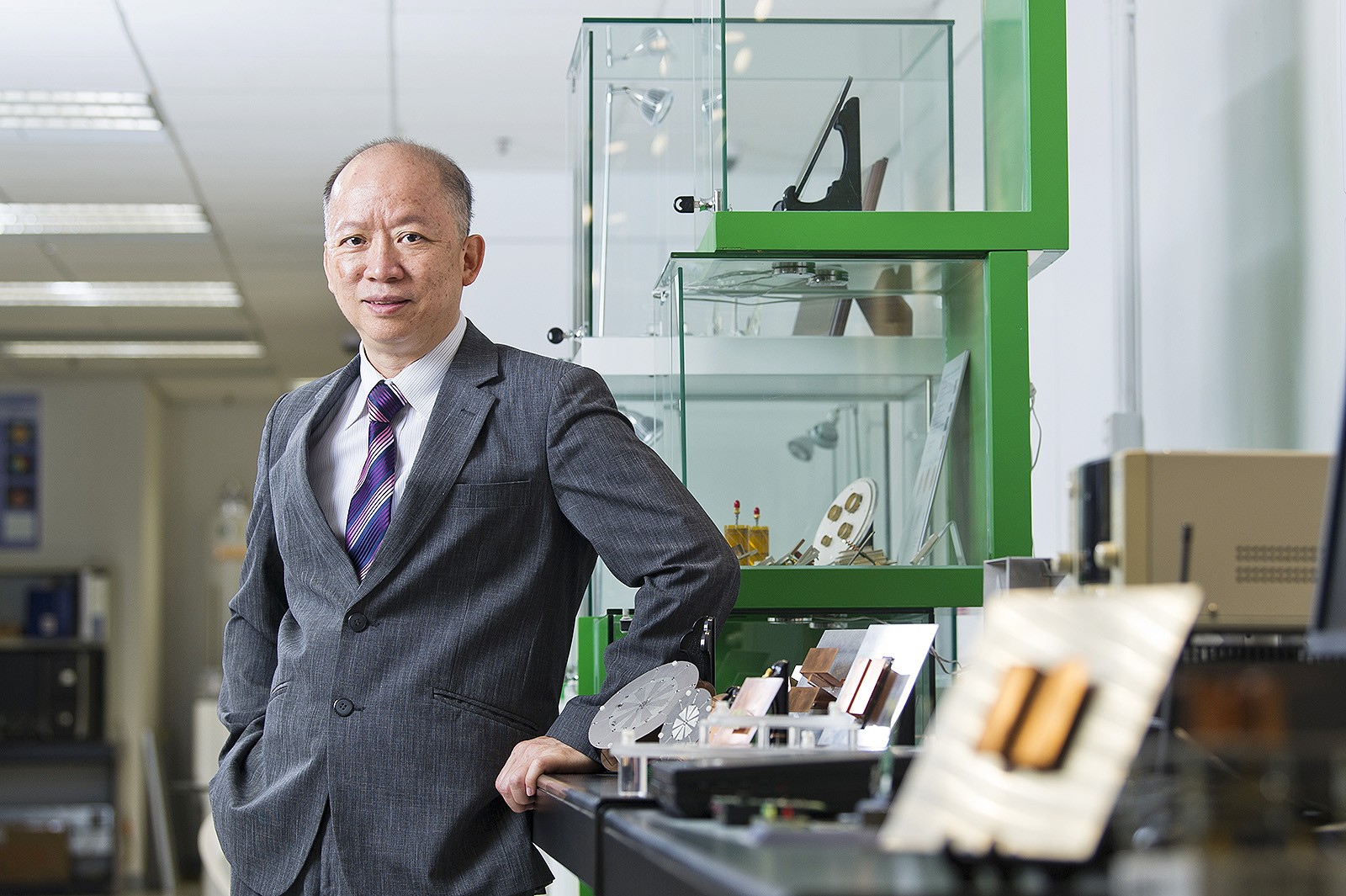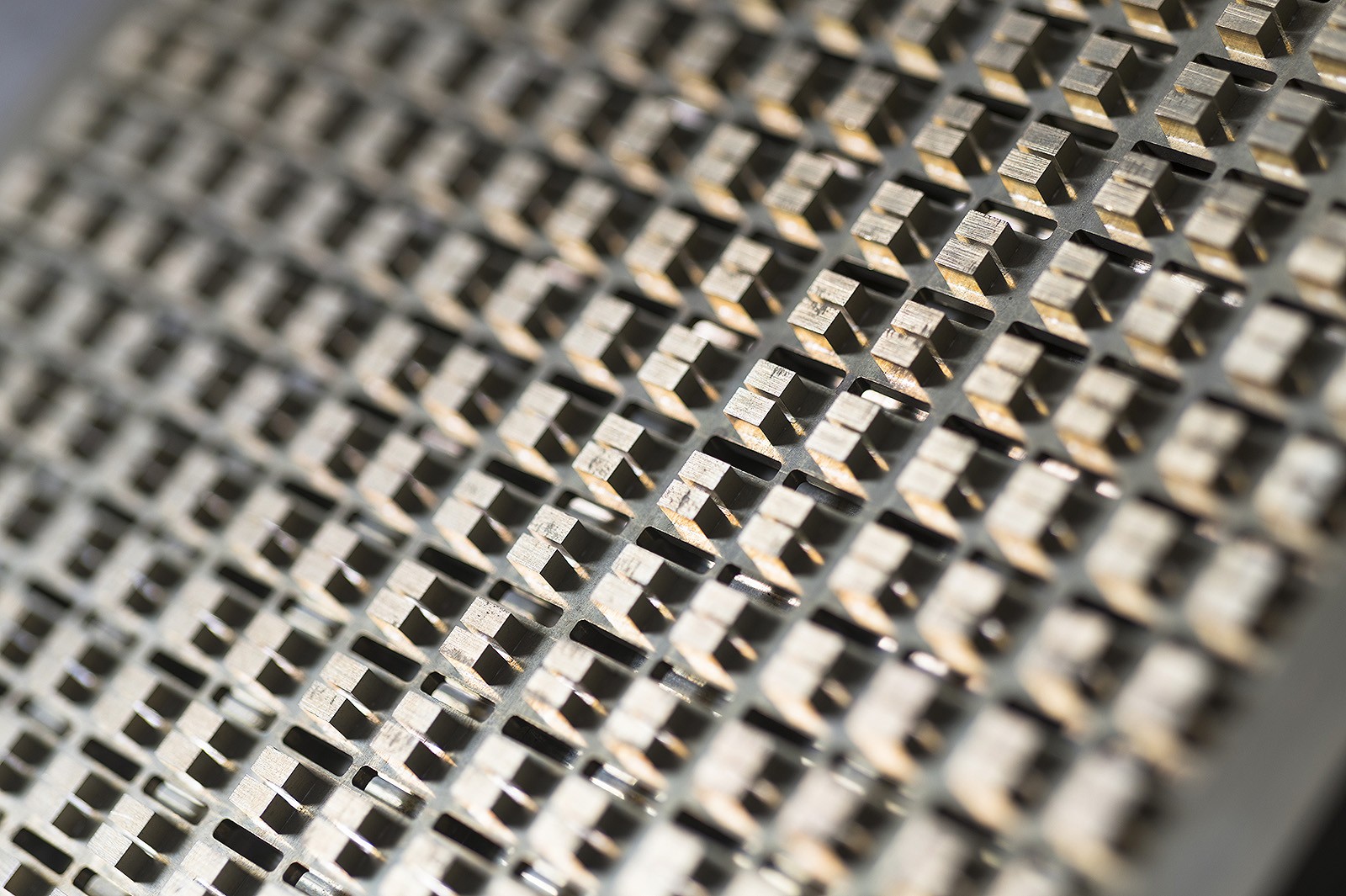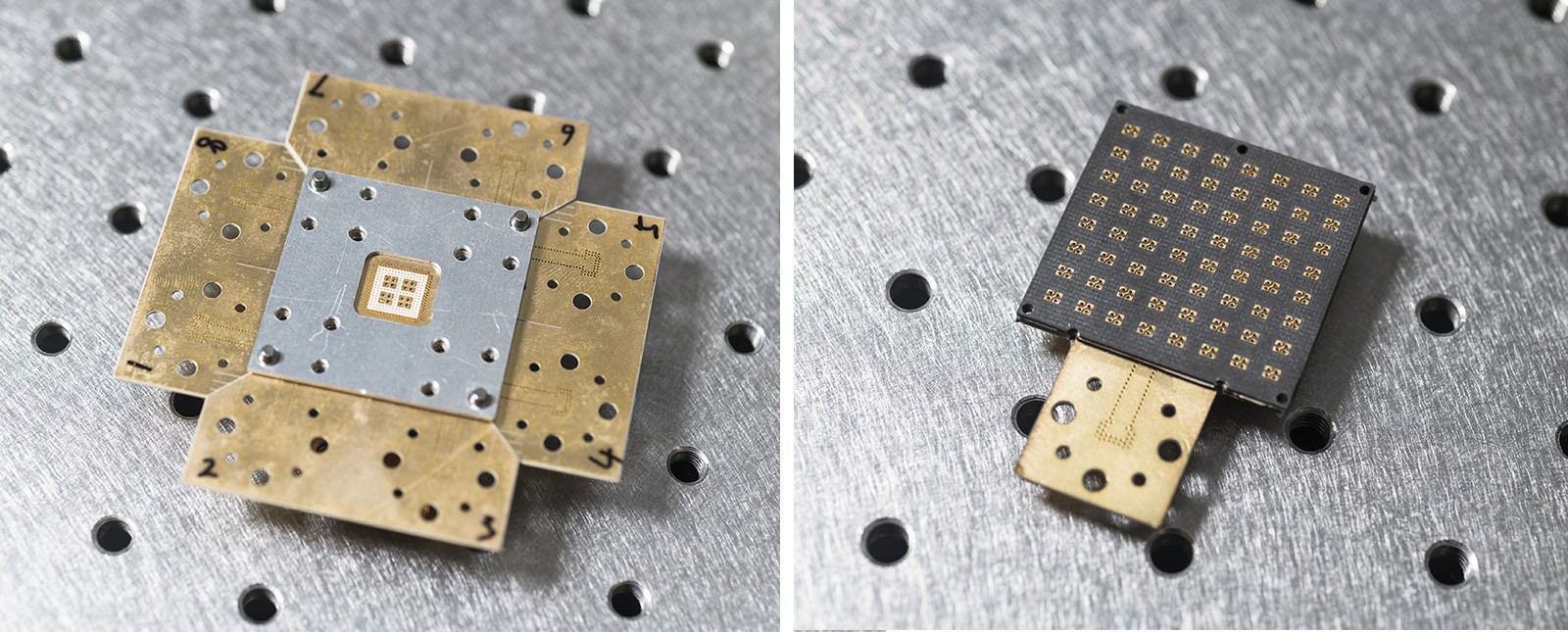Antenna pioneer at CityU elected Fellow of Royal Academy of Engineering
One of the top scientists at City University of Hong Kong (CityU) has been elected as a Fellow of the Royal Academy of Engineering in the UK in recognition of his profound contributions to advancing the development of antennas.
Professor Luk Kwai-man, Chair Professor in the Department of Electronic Engineering (EE), is renowned for spearheading the development of innovative antennas that enable data transmission at speeds and efficiency not possible before.
Professor Luk is one of the very few locally groomed scientists to be awarded this Fellowship, which is considered to be one of the highest honours an engineer can receive in the UK.
“I am delighted to be elected,” said Professor Luk, who is the founding director of CityU’s State Key Laboratory of Millimeter Waves (SKLMW). “It’s a very competitive honour because the UK has achieved many brilliant engineering innovations and they have numerous engineers leading in a diverse range of disciplines.”
Professor Luk has played a highly influential role in the field for three decades. The L-shaped Probe Fed Microstrip Antenna and the Magneto-electric Dipole Antenna that he and his team championed in 1998 and 2006, respectively, were groundbreaking inventions because they allowed for more efficient wideband transmission.
Other inventions including the design of microstrip antennas, small antennas, dielectric antennas and complementary antennas have been deployed globally in wireless communications.
Having worked at CityU for more than 28 years, Professor Luk said he was grateful to the University and its community.
“CityU is where my career expanded and where my research gathered world-wide attention. This would have been impossible without the support of the University. Also colleagues like Chair Professor Stella Pang, Head of EE, and Chair Professor Chan Chi-hou, Director of SKLMW, as well as many former and present professors in the department, have long supported me,” he said.
Over the years, Professor Luk and his team have worked closely with various industry players to design antennas. He found this to be a great way to learn about current and future market needs. The practical feedback he received helped to refine his designs, while the exchanges provided him with important insights about future trends.
“Engineers always need to think ahead,” he said.
In fact, although only now on the horizon, 5G communication constituted part of the work Professor Luk and his EE colleagues pursued ten years ago. Likewise, the terahertz technology that Professor Luk and the other members of SKLMW have mastered will contribute significantly to future communications.
“The future antenna requires not only a wider bandwidth, but also additional features, such as multiple input multiple output, phased array and antenna miniaturisation,” he added. Some of Professor Luk’s recent research projects include non-metal antennas, water antennas and 3D antennas, all of which opens up further possibilities in wireless communication.
Professor Luk said research engineers harboured a constant desire to find innovative solutions to pressing problems. His latest explorations on antenna will continue but his focus will shift from communications to medicine.
“We are working with local medical professionals on a few applications using radio waves, including a study on electromagnetic interference, electromagnetic body imaging to detect abnormalities in the body and dissolving blood clots in stroke patients,” he said.
This CityU antenna scholar has received numerous accolades over the years: the IEEE AP-S John Kraus Antenna Award in 2017; the State Technological Invention Award (second honour) in 2011; the Croucher Award in 2001; and the Microwave Prize at the 1994 Asia Pacific Microwave Conference.
Professor Luk is a Fellow of the Chinese Institute of Electronics in China; the Institution of Engineering and Technology in the UK; the Institute of Electrical and Electronics Engineers in the US, as well as the Electromagnetics Academy, also in the US.
Founded in 1976, the Royal Academy of Engineering brings together the most successful and talented engineering researchers, innovators, entrepreneurs, business and industry leaders to advance and promote excellence in engineering for the benefit of society.


